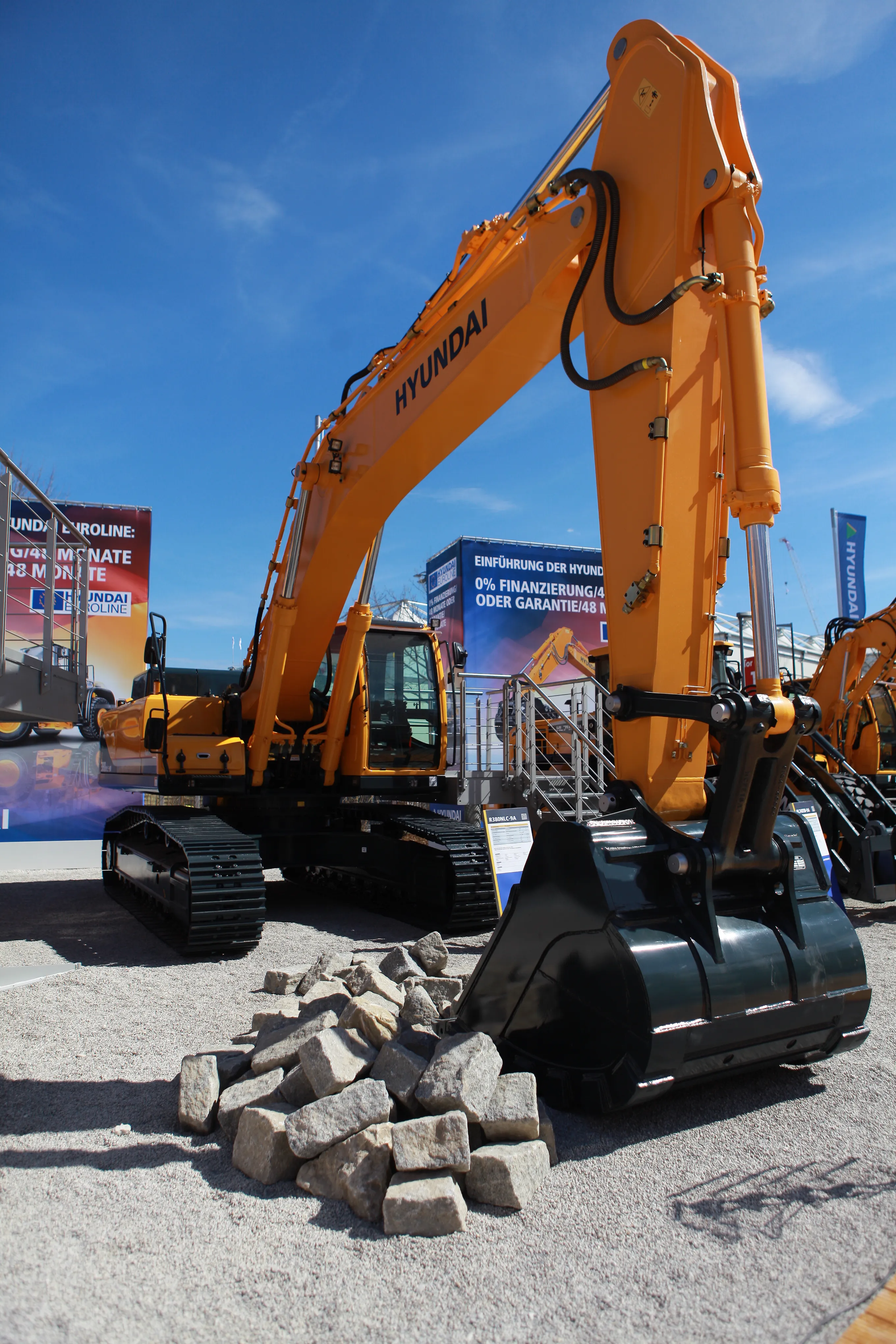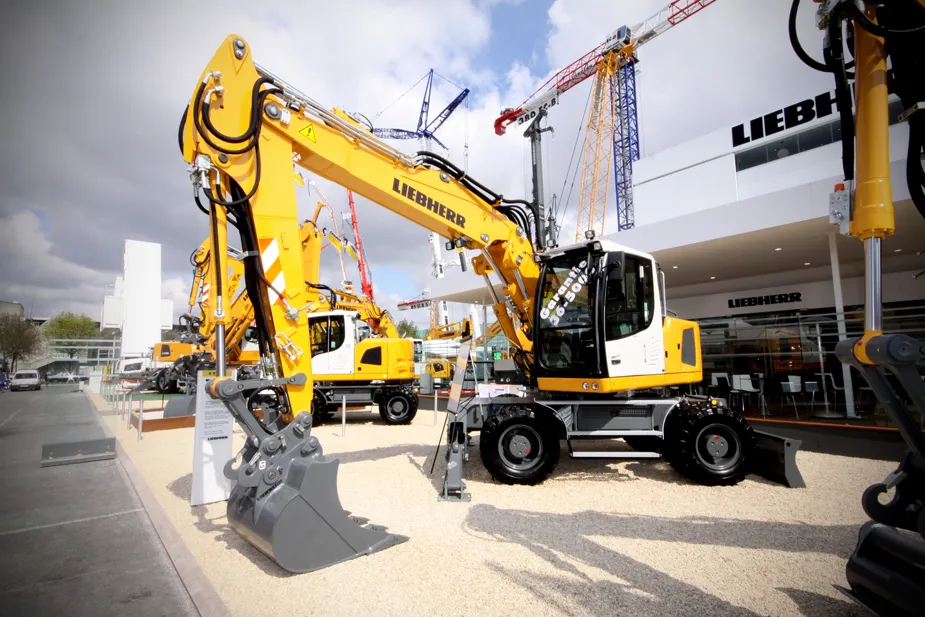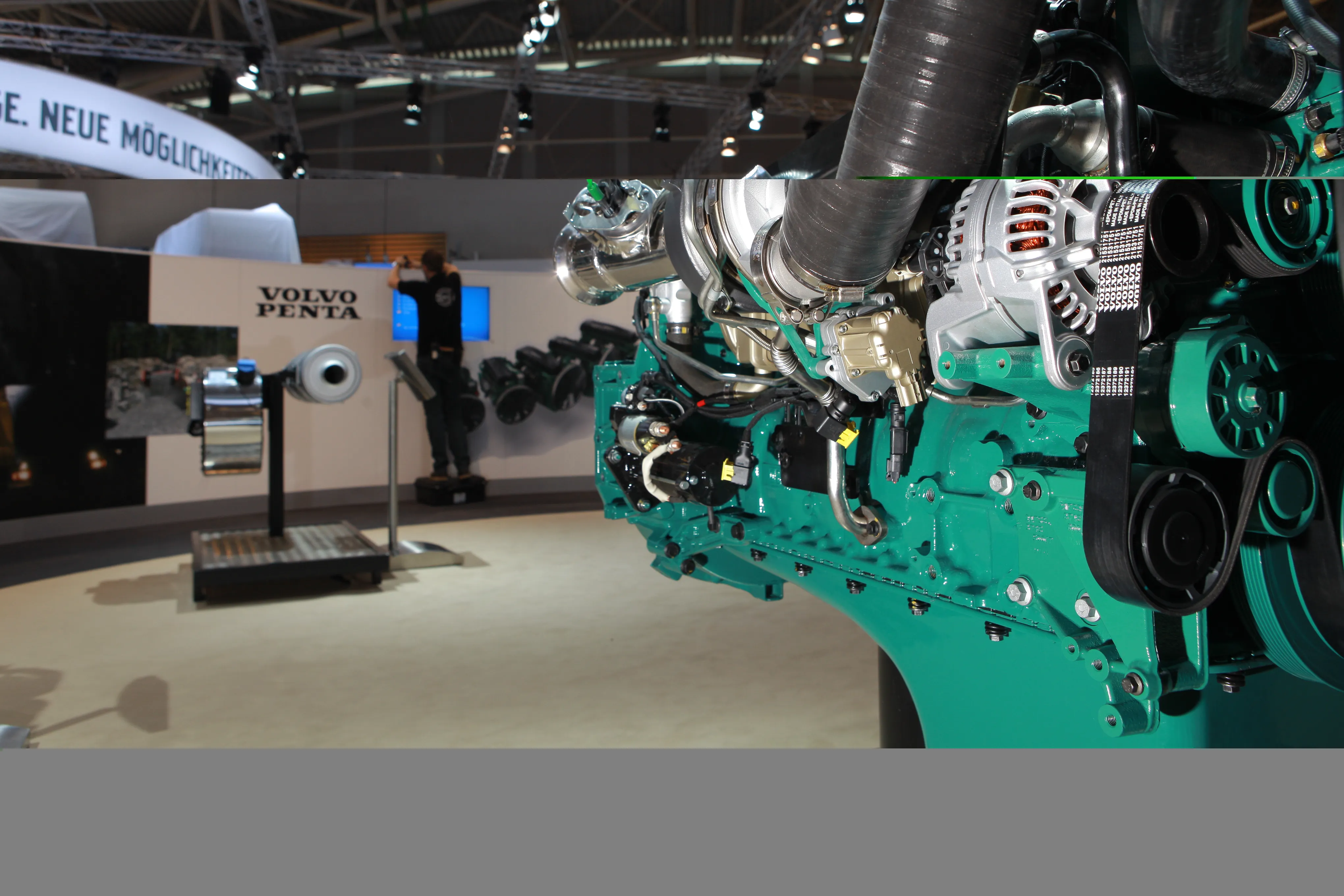Perkins will showcase a complete line-up of Stage IV/Tier 4 Final engine solutions at Bauma, ahead of the new legislation next year. The four cylinder 854F-E34TA will demonstrate much of the technology on offer, as it uses Selective Catalytic Reduction (SCR) with an exhaust additive, plus a Diesel Oxidation Catalyst (DOC). Both Perkins’ 3.4 and 4.4-litre engine lines make do without a Diesel Particulate Filter (DPF), though the larger 7 litre will use a DPF as well.
February 7, 2013
Read time: 2 mins

Perkins has boosted performance of the 854F-E34TA engine to 90kW (121hp), despite retaining the 8% fuel consumption improvement that was achieved at Stage IIIB. Heat rejection is also similar, so manufacturers should not need to install larger cooling packs to cope with the move to Stage IV.
Also on show will be a 1200 Series 1206F-E70TA, with an output of 151kW (202hp). This engine packages the DOC/DPF and SCR systems in a single integrated module, which can be remotely mounted in the machine, again making it easier for machine OEMs to make the change to Stage IV standards in the coming years. Perkins says that its DPF should remain service-free for up to 8,000 hours on a 60% duty cycle. It will be possible for customers to have the DPF cleaned or replaced when the time comes and the company can check how far into the process the DPF is for used equipment sales. Perkins also claims to have a process in place for its engines to be de-Tiered, for machine resale in less regulated territories.
Stand: Hall A4, 316
%$Linker:








